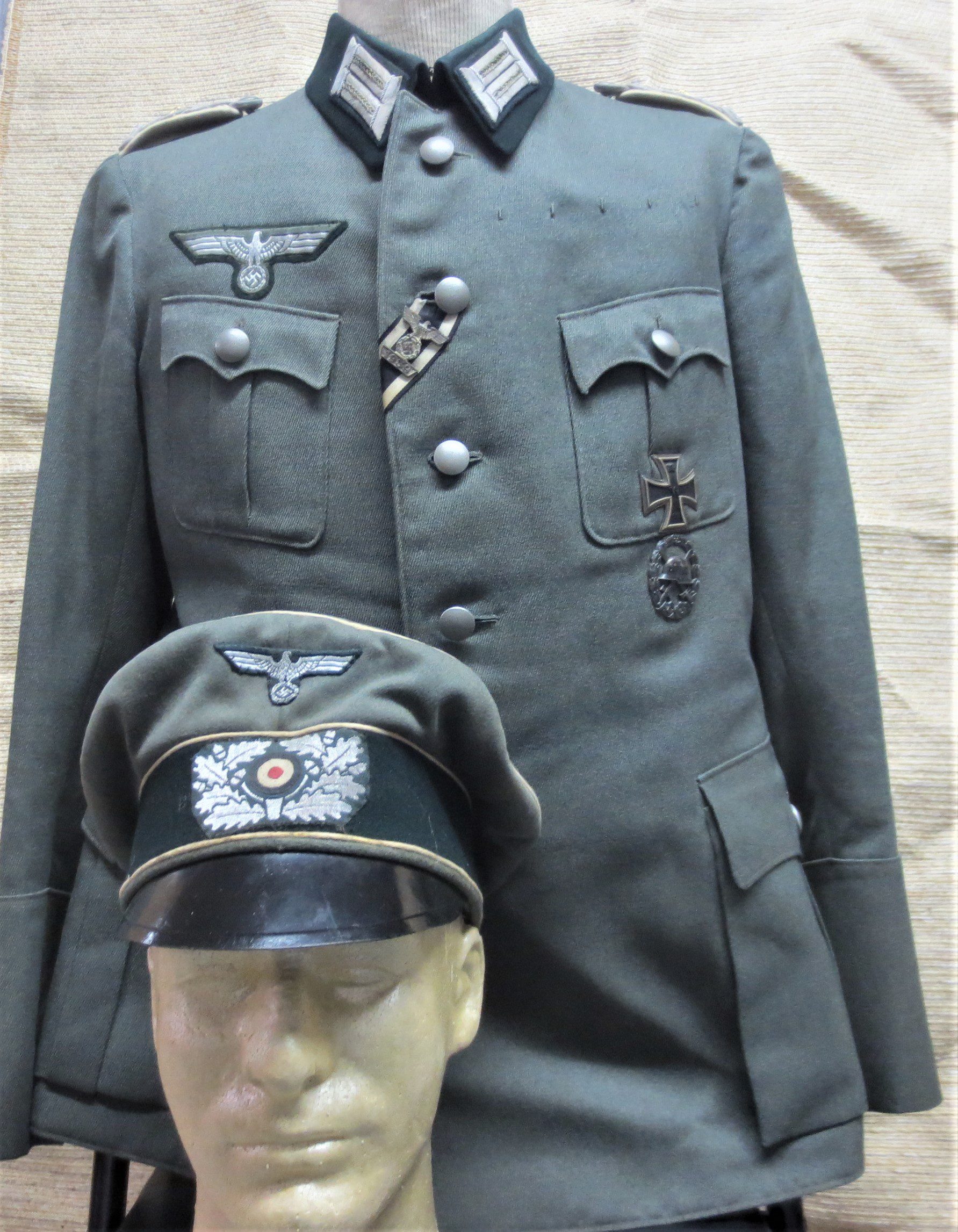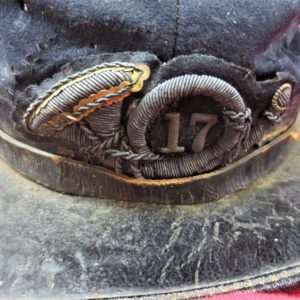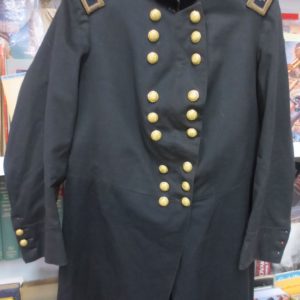Description
The Oberkommando des Heeres (OKH) was the High Command (Upper Command) of the German Army during the Era of Nazi Germany. It was founded in 1935 as a part of Adolf Hitler’s re-militarisation of Germany. From 1938 OKH was, together with OKL (Oberkommando der Luftwaffe, High Command of the Air Force) and OKM (Oberkommando der Marine, High Command of the Navy), formally subordinated to the OKW (Oberkommando der Wehrmacht, High Command of the Armed Forces), with the exception of the Waffen-SS. During the war, OKH had the responsibility of strategic planning of Armies and Army Groups, while the General Staff of the OKH managed operational matters. Each German Army also had an Armeeoberkommando, Army Command, or AOK. Until the German defeat at Moscow in December 1941, OKH and its staff was de facto the most important unit within the German war planning. OKW then took over this function for theaters other than the German-Soviet front. The OKH commander held the title Oberbefehlshaber des Heeres (Supreme Commander of the Army). Following the Battle of Moscow, after OKH commander Field Marshal Walther von Brauchitsch was excused, Hitler appointed himself as Commander-in-Chief of the Army.
This is a 100% original WW2 three (3) part uniform ensemble including his cap, field blouse and trousers. The field cap is of old type, called the Knautschmütze. It is made of an elegant soft gabardine, woven with Bevo metal thread effects, sewn by hand, and trimmmed in gun metal color white. The cap visor is made of lacquered cardboard. The inside is enhanced with stone gray welding leather, laterally printed with the name of the manufacturer, “J.F. Reiser, Berlin. It retains its bright silk lining with celluloid trapezium and is a size 57.
The field blouse is made of heavy gabardine cloth, dark green collar and complete with all effects. It has a “Bevo-Metallfaden” woven breast eagle sewn on a dark green cloth background by hand and a sewn collar collar applied by machine. Likewise, the original epaulettes are sewn on. On the chest remain loops for a long band clip. The awards, an Iron Cross 1914 1st Class is in a domed version, on the back of large screw. The combat Wound Badge of 1918 is in black and marked as manufactured by Fa. Godet Berlin in openwork design, also on a screw disc. In the buttonhole is the band to the EK2 (Iron Cross) with an attached repetition clasp “1939”. The inside exhibits a fine green silk lining and in the inside pocket is a sewn-in tailor label of “C. H. Busch, Purveyor to Berlin-Potsdam” with the handwritten soldier name “Hauptmann Gerholz .. 1937”. The matching stone-gray pants, with white piping on the side, are also marked with a tailor label “Petschke Uniforms Berlin, Riding Pants Tailor.” The pants also bear a handwritten tag with the soldier name and date “Captain Gerholz 1939”.
The entire ensemble is lightly worn, unaltered and the awards are original as mounted. The set is in near pristine original condition. Friedrich Gerholz was a World War I combat front lines fighter before continuing military service in WWII. In the Wehrmacht records, he is noted a receiving a promotion to Captain on 01.01.1934 and as a Lieutenant Colonel on 01.04.1942 as an officer of 1. Abt. (Abteilung (Abt.) which was a detachment or section) in the High Command of the Nazi German army.











